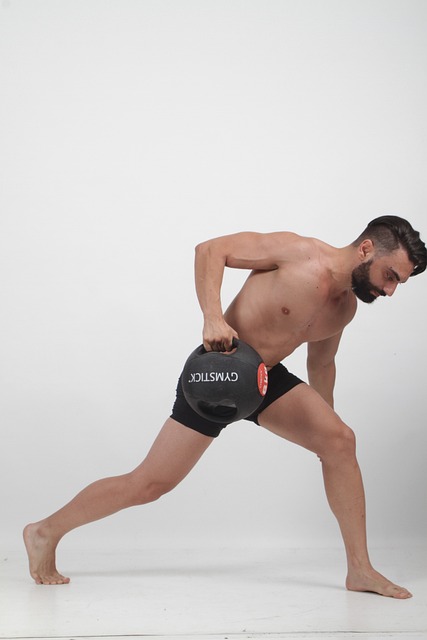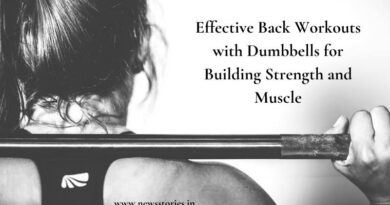Calisthenics: Achieve Fitness Mastery – Level 3
High knees are an excellent way to elevate your heart rate and engage the lower body. Jog while standing still and raising your knees as high as you can. Perform them for a set duration or as part of a cardio-focused circuit.
Incorporate these cardiovascular-focused exercises into your calisthenics routine. To improve your endurance and overall cardiovascular fitness. Remember to listen to your body, start at an appropriate intensity level. And gradually increase the challenge as your fitness improves.
Nutrition for Calisthenics: Fueling Your Workouts

Proper nutrition plays a crucial role in supporting your calisthenics training and overall fitness goals. To get the most out of your workouts and optimize recovery, focus on the following nutritional aspects.
A Balanced Diet: Aim for a well-rounded diet that includes a variety of whole foods. Including lean proteins, complex carbohydrates, healthy fats, and plenty of fruits and vegetables. This will provide the necessary nutrients to support muscle growth, energy production, and overall health.
A sufficient protein intake is necessary for muscle growth and repair. Include high-quality protein sources in your diet. Including tofu, tempeh, lean meats, chicken, fish, eggs, dairy products, beans, and eggs.
Sufficient Carbohydrates: Carbohydrates are the primary source of energy for your workouts. Include complex carbohydrates like whole grains. Fruits, vegetables, and legumes to fuel your training sessions and support recovery.
Healthy Fats: Don’t shy away from healthy fats, as they play a role in hormone production, joint health, and overall well-being. Include sources of unsaturated fats like avocados, nuts, seeds, olive oil, and fatty fish in your diet.
Hydration: Proper hydration is vital for optimal performance and recovery. Throughout the day, be sure to stay hydrated, especially before, during, and after your workouts. Hydration needs vary depending on factors like body weight, activity level, and climate.
Pre-Workout Nutrition: Prioritize pre-workout meals or snacks that provide a combination of carbohydrates and protein to fuel your workouts. Aim to consume them 1-3 hours before training to allow for digestion.
Post-Workout Nutrition: After your workouts, focus on consuming a combination of carbohydrates and protein to replenish glycogen stores and support muscle repair. This can be in the form of a balanced meal or a post-workout snack like a protein shake with added carbohydrates.
Remember that individual nutritional needs may vary based on factors. Such as age, gender, body composition, and specific training goals. It’s always a good idea to consult with a registered dietitian or nutritionist. To develop a personalized nutrition plan that suits your needs and goals.
Also Read : https://newsstories.in/calisthenics-achieve-fitness-mastery-level-1/
Common Frequently Asked Questions About Calisthenics

Is calisthenics suitable for beginners? Absolutely! Calisthenics can be tailored to suit all fitness levels. As you gain strength and confidence, start with the basics and gradually advance.
Do I need any equipment for calisthenics? Calisthenics exercises primarily use bodyweight, so you don’t need fancy equipment. However, as you advance, you may want to invest in items like pull-up bars. Resistance bands, or gymnastics rings to add variety and challenge to your workouts.
Can calisthenics help with weight loss? Yes, calisthenics can be an effective tool for weight loss. By engaging multiple muscle groups and elevating heart rate. Calisthenics workouts can help burn calories and improve overall body composition.
How often should I do calisthenics workouts? The frequency of your calisthenics workouts depends on your goals and current fitness level. Aim for at least 2-3 sessions per week, allowing for adequate rest and recovery between workouts.
Can callisthenics be combined with other types of exercise? Absolutely! Calisthenics can be a standalone workout or combined with other forms of exercise. Like cardio, yoga, or weightlifting to create a well-rounded fitness routine.
What if I can’t do a certain exercise? Calisthenics is all about progression. If you can’t perform a specific exercise yet, start with regressions or variations. That are within your current capabilities. With consistent practice and dedication, you’ll eventually work your way up to more challenging movements.
Don’t compare yourself to others; keep in mind that everyone’s journey to fitness is different. Focus on your progress and enjoy the process of improving your strength, mobility, and overall fitness through calisthenics.
Conclusion

Calisthenics is a versatile and effective form of exercise. That can help you build strength, improve flexibility, and enhance overall fitness. Whether you’re a beginner or an advanced athlete. Calisthenics offers a wide range of exercises and progressions to challenge and empower you.
By incorporating the exercises and principles discussed in this article. You can create a comprehensive calisthenics routine that targets various muscle groups. Improves cardiovascular endurance, and supports your overall health and well-being.
Remember to prioritize proper form, listen to your body, and gradually progress as your strength and abilities increase.
So, why wait? Start your calisthenics journey today and experience the transformative power of bodyweight training. Embrace the freedom of movement, unlock your full potential, and enjoy the countless benefits of calisthenics.
<< Previous Post
https://newsstories.in/calisthenics-achieve-fitness-mastery-level-2/
>> Next Post




